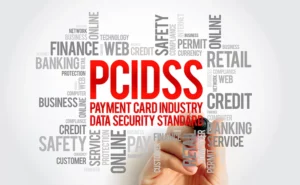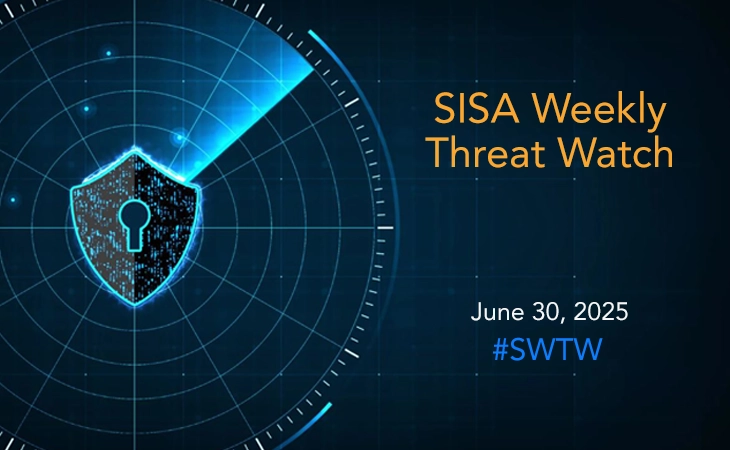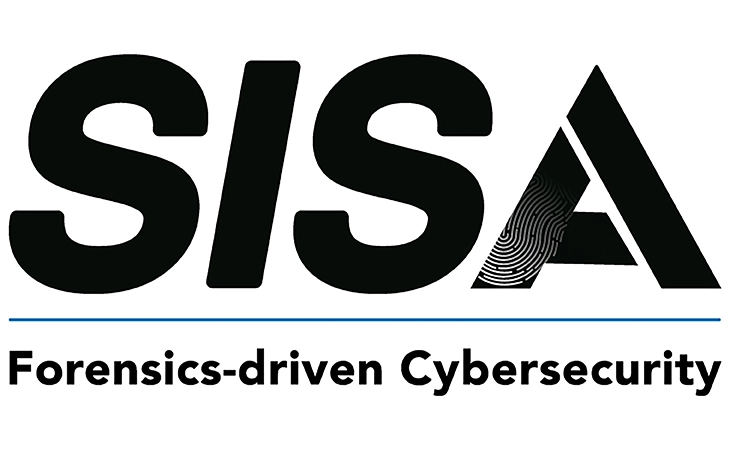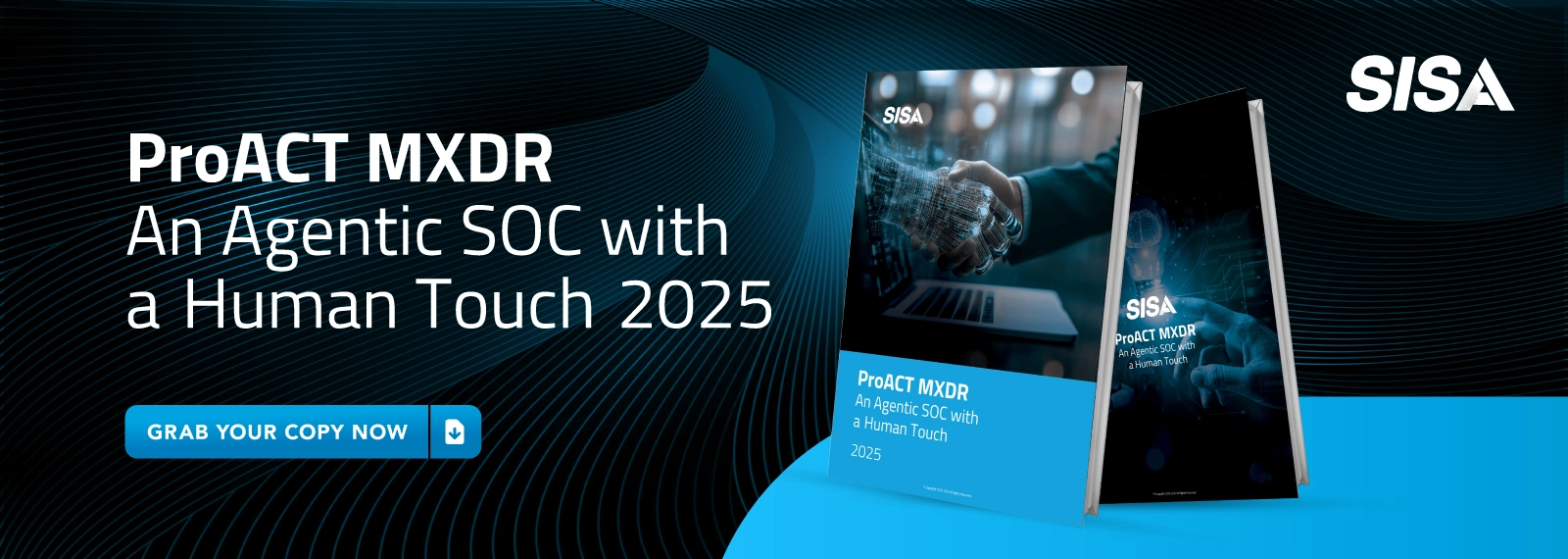
What is PCI DSS Audit? And What Are It’s 10 Requirements
In an era where digital transactions are the backbone of commerce, securing cardholder data is paramount. The Payment Card Industry Data Security Standard (PCI DSS) sets the global benchmark for securing credit card transactions and preventing fraud. Businesses that process, store, or transmit cardholder data must adhere to these standards to ensure compliance and mitigate security risks.
A PCI DSS audit is a comprehensive assessment conducted by organizations to validate compliance with the PCI DSS framework. This audit ensures that businesses meet the necessary security requirements to protect sensitive payment data. In this blog, we will explore the key aspects of a PCI DSS audit and delve into its 10 essential requirements.
Understanding a PCI DSS Audit
A PCI DSS audit is performed to evaluate an organization’s adherence to the PCI DSS framework. Depending on the business size and transaction volume, different levels of compliance assessments apply. These include:
- Qualified Security Assessor (QSA) Audit: Conducted by an external PCI-certified assessor to provide a Report on Compliance (RoC).
- Self-Assessment Questionnaire (SAQ): A self-conducted assessment for businesses handling lower transaction volumes.
- Internal Security Assessments: Performed by in-house security teams for ongoing monitoring and compliance.
Failure to comply with PCI DSS can result in hefty fines, data breaches, and reputational damage. A successful audit ensures that businesses maintain secure payment processing environments and reduce the risk of cyberattacks.
The 10 Key PCI DSS Requirements
While PCI DSS consists of 12 core requirements, here are the 10 fundamental principles that businesses must focus on:
- Maintain a Secure Network and Systems
- Implement strong firewall configurations to protect cardholder data from unauthorized access.
- Regularly update firewall rules and restrict inbound/outbound traffic based on business needs.
- Change Default Passwords and Security Settings
- Default credentials on system components, such as routers and databases, must be changed.
- Unique, complex passwords should be enforced for all users handling sensitive data.
- Protect Stored Cardholder Data
- Encrypt stored payment data using industry-accepted algorithms.
- Implement tokenization or truncation techniques to minimize risks in case of a breach.
- Encrypt Transmission of Cardholder Data
- Use strong encryption protocols like TLS 1.2 or higher when transmitting cardholder data over public networks.
- Secure internal network communications that involve cardholder information.
- Implement Strong Access Controls
- Enforce role-based access control (RBAC) to limit data access to authorized personnel.
- Use multi-factor authentication (MFA) for admin access to payment environments.
- Maintain a Vulnerability Management Program
- Regularly update system components, patch vulnerabilities, and scan for security threats.
- Conduct penetration testing to identify and mitigate potential risks.
- Monitor and Test Networks Regularly
- Implement intrusion detection systems (IDS) and intrusion prevention systems (IPS).
- Maintain logging mechanisms and review security logs to detect anomalies.
- Develop and Maintain Secure Applications
- Follow secure coding practices to prevent threats like SQL injection and cross-site scripting (XSS).
- Regularly test applications for security weaknesses before deployment.
- Establish an Information Security Policy
- Create and enforce a formal security policy that covers risk management and compliance.
- Train employees on cybersecurity best practices and compliance requirements.
- Implement Incident Response and Recovery Plans
- Develop a data breach response plan with clear guidelines on handling security incidents.
- Conduct regular security drills to prepare teams for real-world attack scenarios.
Conclusion
A PCI DSS audit is essential for businesses handling credit card transactions to ensure compliance and data security. Adhering to the 10 key requirements helps organizations mitigate risks, protect cardholder data, and build customer trust.
By staying PCI DSS compliant, businesses not only enhance their security posture but also demonstrate their commitment to safeguarding sensitive payment information. If you’re unsure about your compliance status, consider engaging a QSA-certified assessor or leveraging security tools to simplify PCI DSS adherence.
Frequently Asked Questions (FAQs)
1. Who needs a PCI DSS audit?
Any business that processes, stores, or transmits credit card data must undergo a PCI DSS audit. This includes e-commerce platforms, financial institutions, and payment processors.
2. How often should a PCI DSS audit be conducted?
Organizations should perform a PCI DSS audit annually to ensure compliance. However, ongoing security monitoring is recommended to maintain robust cybersecurity.
3. What are the consequences of non-compliance?
Failure to comply can lead to fines, increased transaction fees, reputational damage, and even loss of payment processing privileges.
4. Can a business perform a self-audit?
Yes, small businesses with lower transaction volumes can complete a Self-Assessment Questionnaire (SAQ) instead of a full QSA-led audit.
5. How does PCI DSS compliance benefit my business?
Compliance enhances customer trust, reduces security risks, prevents financial penalties, and ensures seamless business operations with payment providers.
6. What is the difference between PCI DSS and other security frameworks?
PCI DSS is specifically designed for securing cardholder data, while other frameworks like ISO 27001 and NIST focus on broader information security management.
7. How long does a PCI DSS audit take?
The duration depends on the business size and complexity. A QSA-led audit may take several weeks to months, while an SAQ self-assessment is quicker.
8. What are some common PCI DSS compliance mistakes?
- Using default passwords for critical systems.
- Storing unencrypted payment data.
- Lacking multi-factor authentication (MFA) for admin accounts.
- Failing to conduct regular vulnerability scans and penetration tests.
9. What is the cost of a PCI DSS audit?
Costs vary based on business size, audit type, and assessor fees. A QSA audit for enterprises can range from $15,000 to $50,000, while SAQ self-assessments are cost-effective.
10. Is PCI DSS a legal requirement?
While PCI DSS is not legally mandated, many regulatory frameworks require compliance to avoid data breaches and legal liabilities.
Latest
Blogs
Whitepapers
Monthly Threat Brief
Customer Success Stories
 USA
USA India
India APAC
APAC Middle East
Middle East Global
Global






 Facebook
Facebook Linkedin
Linkedin  X
X Youtube
Youtube






